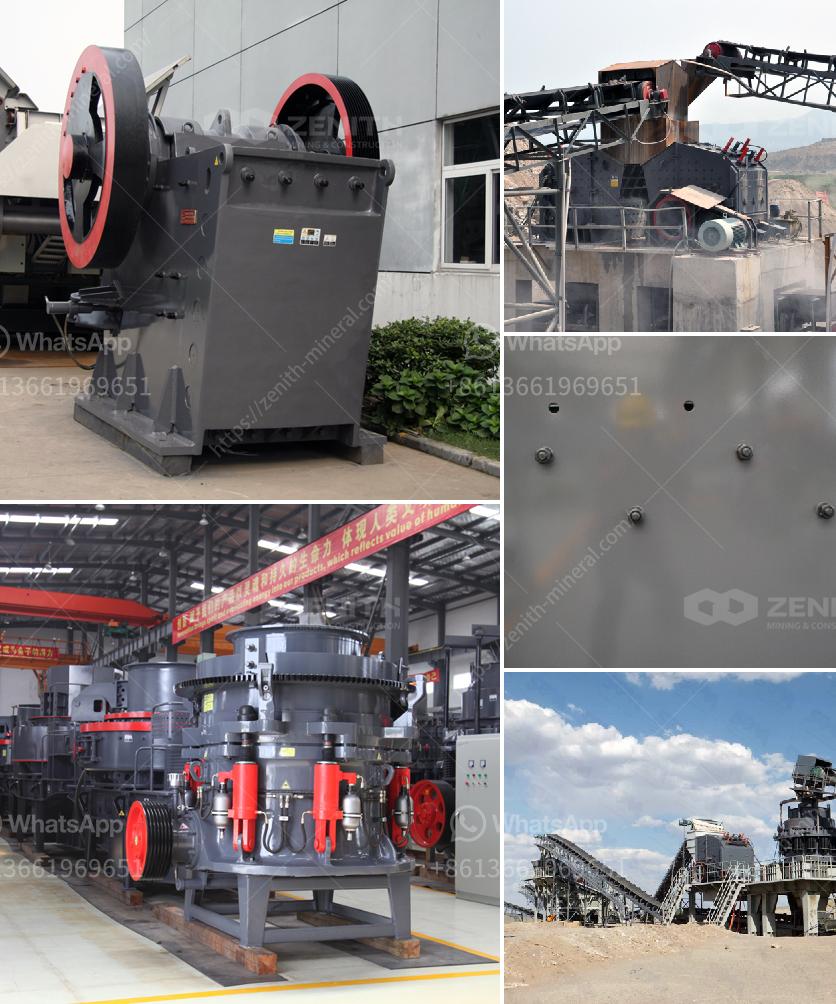Choosing the right crusher screen is essential for optimizing the performance and efficiency of a crushing operation. Here are some key factors to consider when selecting a crusher screen:
-
Material Type and Characteristics:
- Hardness: Assess the hardness of the material to ensure the screen can handle it without excessive wear.
- Moisture Content: Materials with high moisture content may require a screen with larger openings to prevent clogging.
- Abrasion: For abrasive materials, choose screens made from wear-resistant materials like manganese steel or polyurethane.
-
Screen Size and Opening:
- Mesh Size: Select the appropriate mesh size to achieve the desired output size of the material. Smaller mesh sizes produce finer output but can reduce throughput.
- Screen Area: Ensure the screen area is adequate to handle the throughput requirements without causing bottlenecks.
-
Capacity and Throughput:
- Determine the required capacity and ensure the screen can maintain the needed throughput without compromising performance.
-
Screen Type:
- Vibrating Screens: Suitable for materials that require continuous sorting and sizing.
- Trommel Screens: Ideal for materials that need to be separated based on different size fractions, often used in recycling applications.
- Grizzly Screens: Often used as primary screens for coarse materials.
-
Application and Environment:
- Wear and Corrosion Resistance: Choose materials and coatings that withstand the operational environment, especially in harsh conditions.
- Dust and Noise Control: Consider screens with designs that minimize dust generation and noise, making them suitable for urban or indoor settings.
-
Maintenance and Durability:
- Ease of Maintenance: Look for screens that allow easy access for cleaning and maintenance, reducing downtime.
- Durability: Ensure the screen is built to last under continuous usage, considering factors like frame design and construction quality.
-
Cost:
- Balance the cost of the screen with its expected lifespan and performance benefits. Investing in a higher-quality screen can save money in the long run by reducing maintenance and replacement needs.
-
Compatibility:
- Ensure the screen is compatible with the existing crusher setup and other downstream processing equipment.
By considering these factors, you can select a crusher screen that maximizes efficiency, improves product quality, and reduces operational costs. If unsure, consulting with equipment manufacturers or industry experts can provide additional insights tailored to your specific needs.

